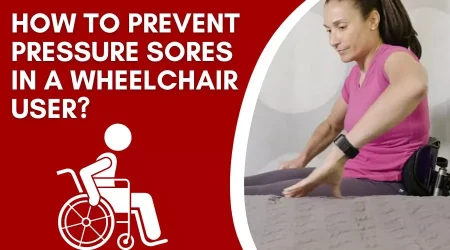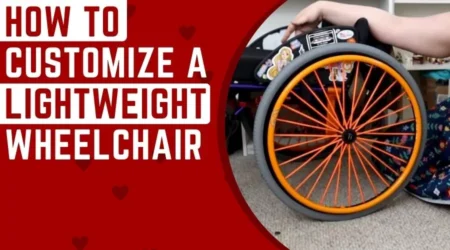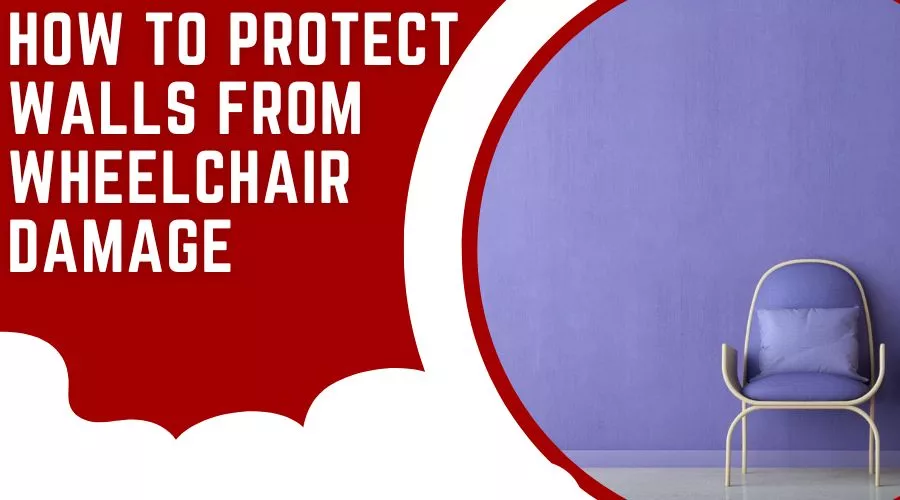
As a wheelchair user, it is important to protect your home from potential wheelchair damage.
Wheelchairs can cause a lot of wear and tear on walls, floors, and other surfaces over time.
To ensure your home is well-protected, here are some tips and tricks for safeguarding your walls from wheelchair damage.
Where Do Wheelchairs Damage Walls and Corners?
Wheelchairs can damage walls and corners in several areas, some common areas are:
Why Protect Your Walls from Wheelchair Damage?
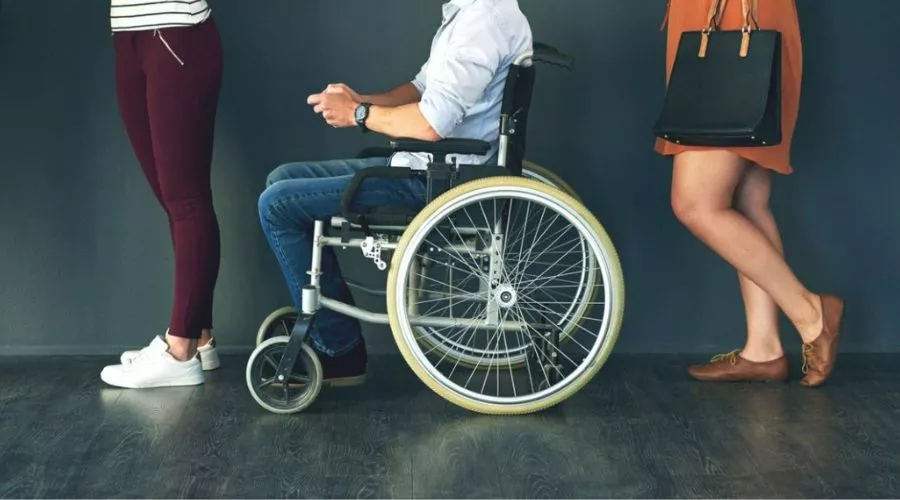
When it comes to protecting your walls from wheelchair damage, it is important to take the necessary steps to ensure that your home is well-protected.
Here are some of the reasons why it is important to safeguard your walls from wheelchair damage:
Important Considerations to Make Before Starting
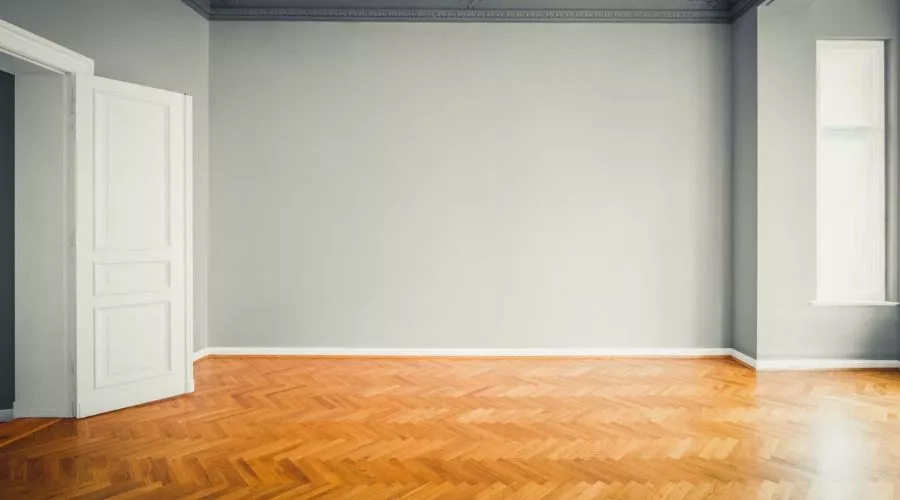
Before you begin protecting your walls from wheelchair damage, there are a few important considerations that you should make. Here are some of the things to consider:
By taking the time to consider these factors, you will be able to choose the best wall protection for your home.
Tips and Tricks for Protecting Your Walls from Wheelchair Damage

Once you have considered the important factors, here are some tips and tricks for protecting your walls from wheelchair damage:
These tips and tricks can help to reduce the chances of your walls being damaged by your wheelchair.
Types of Wall Protection for Wheelchairs
Once you have considered the important factors and taken the necessary steps to protect your walls, you will need to decide what type of wall protection to use.
Here are some of the most common types of wall protection for wheelchairs:
Wall Guards
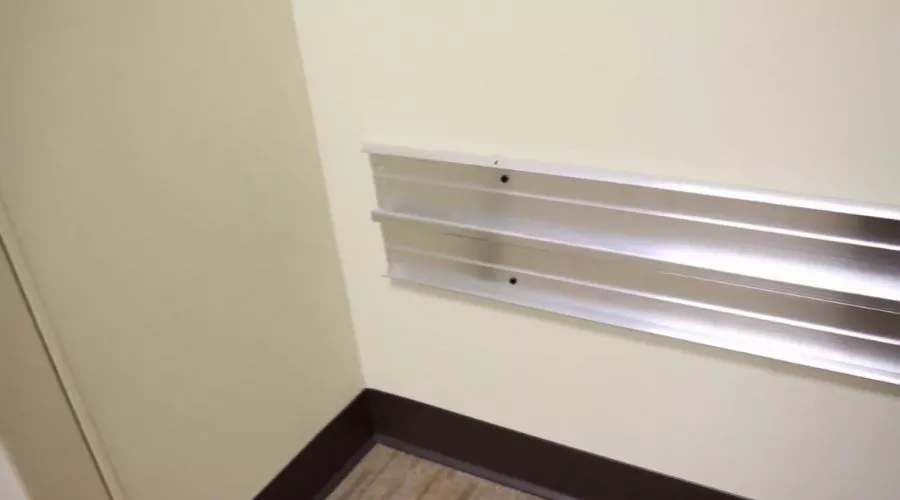
Wall guards are designed to prevent scuffs and scratches on walls. They are usually made of plastic or rubber, and come in a variety of colors and sizes.
Corner Guards
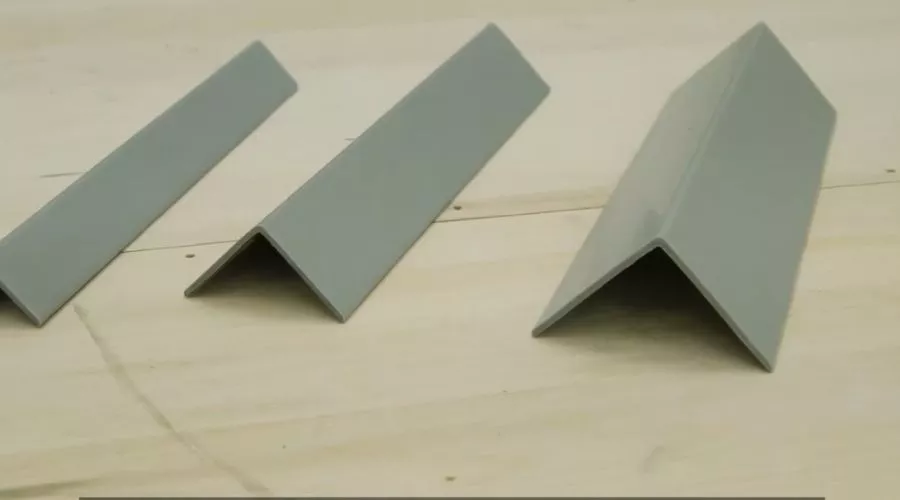
Corner guards are designed to protect the corners of walls from damage caused by wheelchairs. They are usually made of plastic or rubber, and come in a variety of colors and sizes.
Wallpaper

Wallpaper is a great way to protect your walls from damage caused by wheelchairs. You can choose from a variety of colors and patterns to suit your taste.
Paint
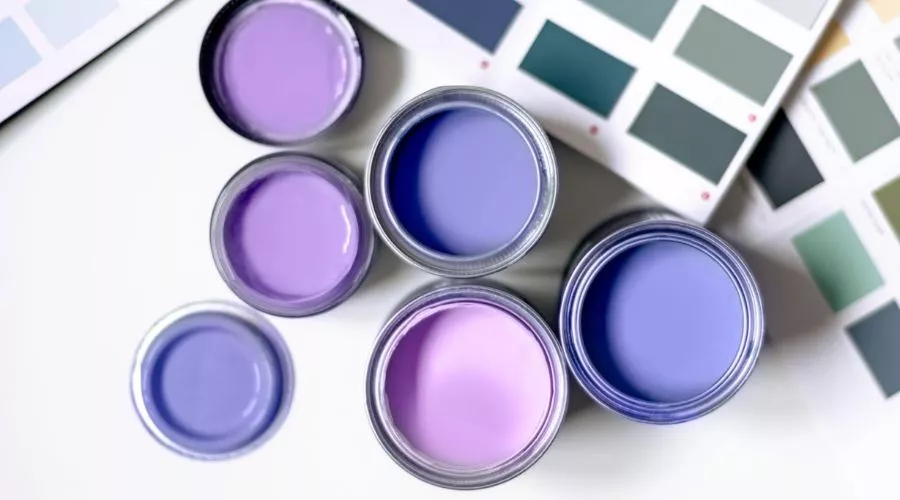
Painting your walls is another great way to protect them from wheelchair damage. You can choose from a variety of colors and finishes to suit your needs.
Best Practices for Wall Protection from Wheelchairs

Once you have chosen the type of wall protection you want to use, it is important to follow some best practices to ensure that your walls are well-protected.
Here are some of the best practices for wall protection from wheelchairs:
By following these best practices, you can ensure that your walls are well-protected from wheelchair damage.
How to Install Wall Protection for Wheelchairs
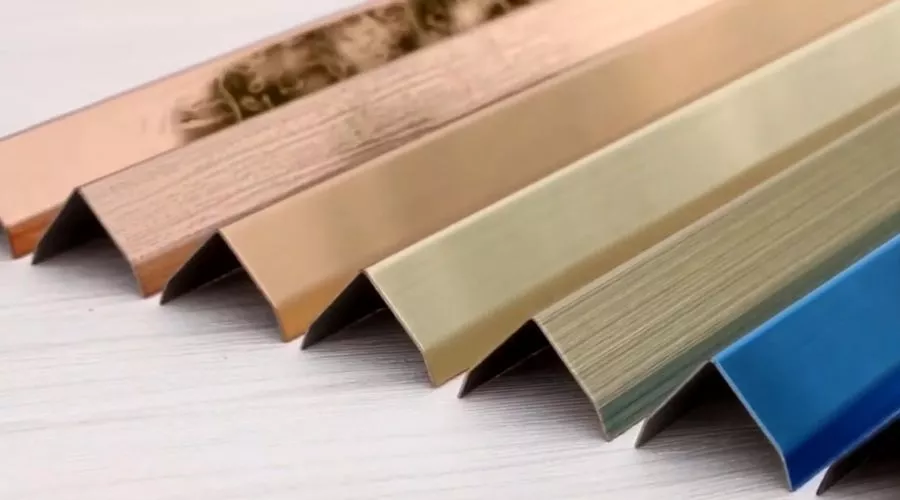
Once you have chosen the type of wall protection you want to use, you will need to install it. Here are some tips for installing wall protection for wheelchairs:
By following these steps and taking the time to install your wall protection correctly, you can ensure that your walls are properly protected from wheelchair damage.
Conclusion
Protecting your walls from wheelchair damage is an important step in keeping your home safe and well-maintained.
By taking the time to consider the important factors, using the right type of wall protection, following the best practices, and troubleshooting any potential problems, you can ensure that your walls are well-protected from wheelchair damage.
Take the necessary steps today to safeguard your walls from wheelchair damage and ensure that your home is well-protected.
Frequently Asked Questions
How do I know what type of wall protection to use?
It is important to consider the size and type of wheelchair you use, the surface of your walls, and the cost of the wall protection before choosing the best type of wall protection for your home.
What are wall guards?
Wall guards are an important part of ensuring the safety of your home or business. They are used to protect walls and other surfaces from damage caused by daily wear-and-tear or accidental impacts. Wall guards can be used in high-traffic areas, like hallways, or in areas where there are a lot of potential hazards, like near a staircase or around hazardous equipment. Wall guards come in a variety of materials, including plastic, metal, and rubber. The material you choose depends on the type of protection you need. For example, plastic wall guards offer a good amount of impact resistance and can be easily wiped clean. Metal wall guards are more durable and can be used for longer-term protection. Rubber wall guards are great for absorbing impacts and preventing scratches and dents.
How do you protect wall corners when moving?
When moving, it is important to take the necessary steps to protect your wall corners. This will ensure that you avoid any damage to your walls and keep your home’s appearance looking its best. Here are some tips on how to protect wall corners when moving:
Use Corner Guards: Corner guards are specially designed to protect the corners of walls from being damaged or scratched during a move. They can be found in a variety of materials including plastic and foam, and are easily installed by simply pressing them into place.
Use Furniture Pads: Furniture pads can provide extra protection for wall corners when moving furniture. They can be attached to the legs of furniture items, such as couches and tables, to help keep them from scratching or denting the walls.
Wrap the Corners: Wrapping the corners of your walls is an effective way to protect them from damage during a move. You can use bubble wrap or plastic wrap to cover the corners of your walls and help keep them safe from any scratches or dents.
Use Tape: Using clear tape is another great way to protect your wall corners during a move. Simply place strips of tape along the edges of the walls to create a barrier between the furniture and the walls, helping to keep them safe from scratches or dents.

